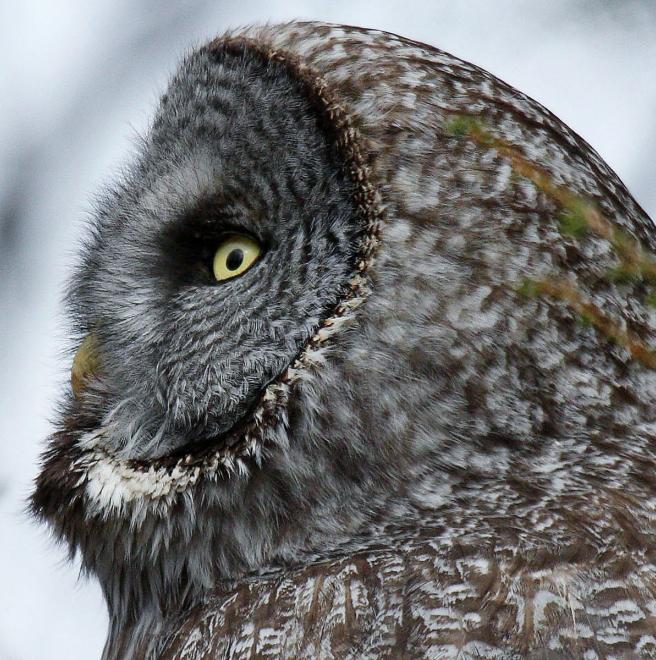

This immense owl is a scarce, sought-after icon of the boreal forest. It occurs at the present time chiefly in Canada and Alaska, with outposts in widely scattered locations like Yosemite and Yellowstone national parks. Audubon's climate model shows northward movement of the range, but not nearly enough to compensate for losses within the region of current climate suitability, and much of the new climate space is north of the boreal forests this owl needs. The isolated populations in the Lower 48 states appear to be particularly threatened by climate change. If there’s a silver lining to the cloud looming over the Great Gray Owl’s future, it’s that boreal forest conservation is a top priority for our continent’s wildlife managers.
Explore more birds threatened by climate change around the country.





















It's easier than you think to make a difference. Become an Audubon member today to help birds facing climate change.